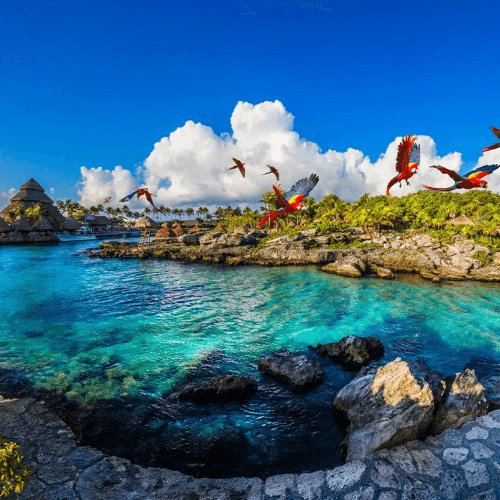In 2025, travel has taken a digital leap forward. Virtual tourism, powered by immersive technologies like Virtual Reality (VR), Augmented Reality (AR), and AI, is transforming how people experience the world. No longer limited by distance, budget, or accessibility, travelers can now explore destinations from the comfort of their homes. This fusion of technology and wanderlust is redefining what it means to “travel,” making global experiences more inclusive, sustainable, and interactive than ever before.
The Evolution of Virtual Travel
Virtual tourism began as a niche concept, but by 2025, it has evolved into a booming global industry. From walking through the streets of Paris in 360° VR to diving in the Great Barrier Reef via augmented simulations, travelers can now enjoy authentic experiences digitally. High-definition visuals, spatial audio, and motion sensors make these adventures feel real, creating emotional connections similar to physical travel.
Try a virtual reality travel app today and experience iconic landmarks from your living room.
How Immersive Tech Is Powering Exploration
Technologies like VR headsets, AR filters, and haptic feedback devices are redefining sensory engagement in travel. AI-powered platforms now tailor experiences to individual preferences, offering guided tours, cultural insights, and even local cuisines recreated in virtual form. From virtual safaris in Africa to AI-led art museum tours, immersive tech is turning exploration into an intelligent, interactive experience.
Explore platforms like Google Earth VR or Wander to start your first immersive travel adventure.
Accessibility and Sustainability: The New Travel Frontier
One of virtual tourism’s biggest impacts is accessibility. People who face physical, financial, or time constraints can now explore global wonders without barriers. Additionally, virtual travel reduces the carbon footprint associated with air travel, making it a sustainable alternative that aligns with global climate goals. The rise of digital exploration supports responsible tourism while preserving delicate ecosystems.
Choose a virtual destination this month, reduce your carbon impact while expanding your horizons.
The Role of AI and Personalization
AI is revolutionizing how virtual tourism adapts to users. Intelligent algorithms analyze traveler interests, moods, and previous experiences to design custom tours. Want a romantic night in Venice or an adrenaline-packed trek through the Andes? AI curates it instantly. These hyper-personalized experiences make virtual tourism feel tailor-made for every explorer.
Let AI design your perfect virtual getaway, and explore personalized tour apps for a unique adventure.
The Future: Hybrid Travel Experiences
Virtual tourism doesn’t aim to replace traditional travel; it enhances it. Future travelers may preview destinations virtually before booking real trips, or use AR overlays during their journeys to access historical facts or translations. The blend of virtual and physical experiences is creating a new hybrid form of exploration that’s immersive, educational, and convenient.
Plan your next trip using virtual previews, and explore before you go for smarter travel decisions.
Final Thought
The rise of virtual tourism in 2025 marks the beginning of a new travel era, one where technology bridges distance and brings the world closer than ever. As VR, AR, and AI continue to evolve, exploration will become limitless, inclusive, and sustainable. Whether you’re crossing continents or clicking through worlds, the spirit of adventure remains the same, only now, the whole planet fits inside your headset.

















